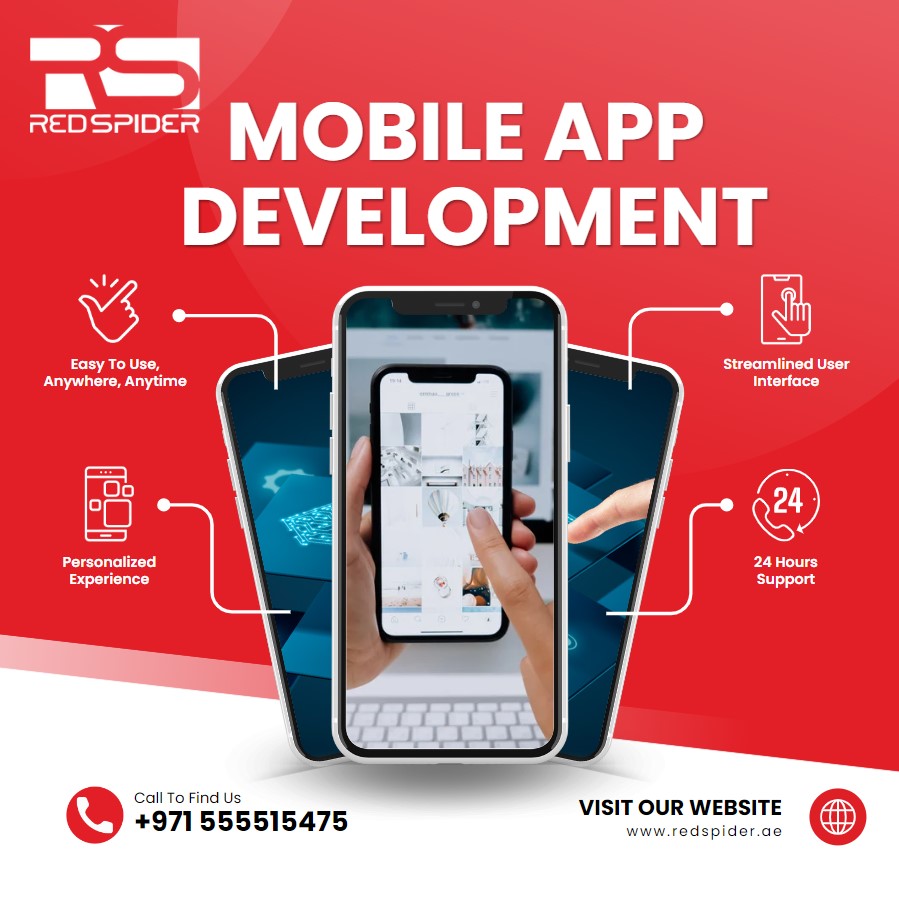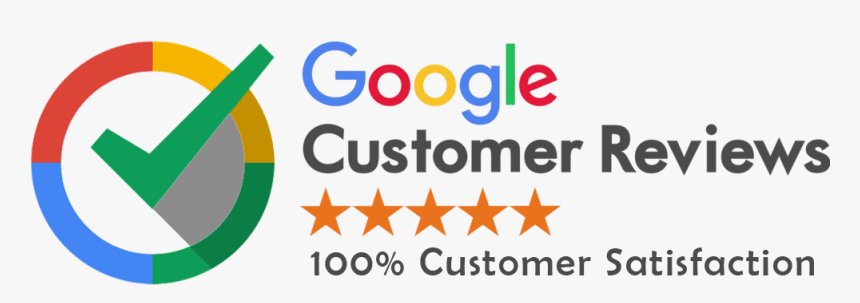- Explore existing apps in your niche. Who are your competitors, and what are they offering?
- Clearly understand the audience you’re aiming to reach with your app.
- Determine how your app will stand out from the competition. What unique features or qualities will set it apart?
- Decide whether your app is best suited for iOS, Android, or both platforms.
- Plan how you will market and promote your app to reach your target audience effectively.
Call Now : +971 50 5698733, +971 55 5515475
- Home
- : Mobile App Development
Mobile App Development

Making apps for phones has become really popular. This means creating programs that work on smartphones. Apps are made for different phone types, like iPhones and Androids. They use the special features of phones to give users a better experience compared to using the internet on their phones.
Most people around the world, about 78%, have a smartphone. What do they do with these phones? They use apps. There are lots of types of apps, like games, music players, calendars, and messaging apps. You’ve probably heard of famous ones like WhatsApp, Spotify, HeadSpace, Facebook, and Instagram. If you want to start a business by creating an app, that’s a good idea. But first, you should know how to make an app, and that’s what this guide is for.
What Is Mobile App Development?
Making a mobile app involves creating software for phones and tablets. This process includes writing code (instructions for the computer) and designing how the app looks. Developing an app is like making other types of computer programs, such as web apps. However, the big difference is that mobile apps can use special features on a device. For instance, they can use the GPS, Bluetooth, camera, microphone, and other things that are already in your smartphone.
The major players in the global app market are Apple and Android. Although it’s possible to make apps for other systems, most people focus on these two. There are also many different ways to develop apps, using various frameworks. We’ll explore these options more in this guide.
Mobile App Development Process
Here is what the mobile app development process all about:
Before you dive into making any software, it’s crucial to brainstorm your ideas. Some of you may already have a basic idea, while others might be starting from scratch. Here are some helpful questions to get you started:
What’s the purpose of your mobile app?
Define what you want your app to achieve.
What are your app goals?
Clearly outline the objectives you want to accomplish with your app.
What problems will your app solve for users?
Identify the issues or challenges your app will address for its users.
What features will your app have?
List the functionalities and features your app will offer to users.
How much are you willing to invest?
Determine the budget you’re comfortable allocating for the development of your app.
How will you develop the app?
Decide if you’ll use an in-house team, hire an agency, use an app builder, or explore other options.
Market Research
After finalizing your idea, it’s essential to examine similar apps that already exist. It’s rare to have a completely new concept with no competition. Here are key considerations:
Build Your UX Design
The design of your mobile app is a crucial step in the process. Begin by imagining how your app will appear and function. Sketch some drawings and make wireframes to visualize the app’s workings. It’s vital to prioritize the user experience. Ensure that the user interface is smooth and easy to navigate.
- Create a storyboard or roadmap to show how each screen connects in your app.
- Think about how people will use your app compared to a mobile website. Developing apps and websites is different, so understand the distinctions.
- Emphasize the user experience as your main focus. Make sure users can easily interact with and enjoy using your app.
App Development
Decide how you’ll develop your app. Will it be for iOS, Android, or both? You might also explore cross-platform development tools to create a single app for both operating systems. Here is what you need to do:
- Assign someone to manage the project. This person will coordinate tasks, set goals, and keep things on track.
- Plan out the development process. Set milestones and goals to track progress.
- Stay flexible and be ready to adapt. Changes may be needed as the project progresses.
- Development timelines vary. Some apps can be done in a month with one developer, while more complex ones may take six months or longer with multiple developers.
Testing:
Before your app goes live, ensure it works smoothly. Here’s how:
- Continuously test your app during development with Quality Assurance (QA) teams.
- Make sure your app works well on both iOS and Android.
- Check your app’s performance on various devices like smartphones and tablets.
- Gather feedback by letting real users test your app. Use their insights to make improvements.
Different Types of Mobile Apps
App development has evolved significantly, offering more accessible options today than in the past. Here’s an overview of different app types and their unique development approaches:
Native Mobile Applications:
- Installed directly on a mobile device, typically from the Apple App Store or Google Play Store.
- Can often work offline and utilize the device’s features.
- Requires writing code specific to the device’s operating system (iOS or Android).
Cross-Platform Native Mobile Applications:
- Uses the same code for multiple platforms (iOS and Android).
- Users experience little difference compared to native apps.
- More cost-effective and reduces development time.
Hybrid Mobile Applications:
- Similar to cross-platform, written once and works on both platforms.
- More user-friendly than cross-platform development.
- Hybrid development is less technical and can be done with basic web development knowledge or using no-code app builders.
Progressive Web Application (PWA)
Progressive Web Apps (PWAs) are applications delivered through the web, not installed directly on a user’s device like native apps. Thanks to modern technology, PWAs offer a user experience very close to that of native apps. They can even send push notifications to users, and these notifications are delivered through the web browser. However, PWAs may have some limitations compared to native apps, especially in utilizing the full range of native features on a device.




